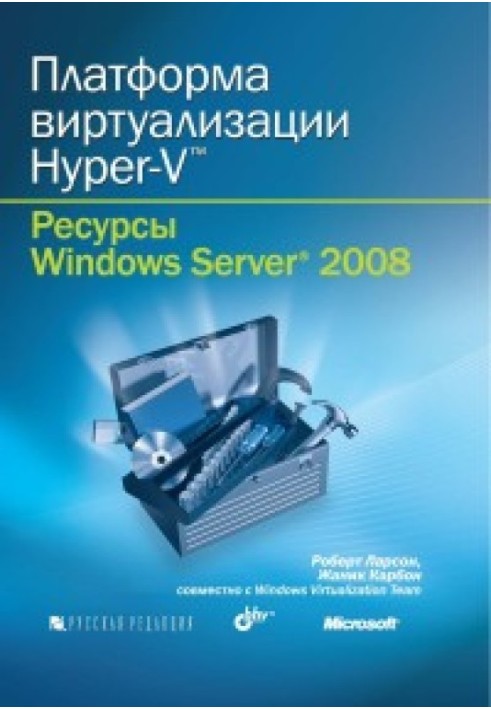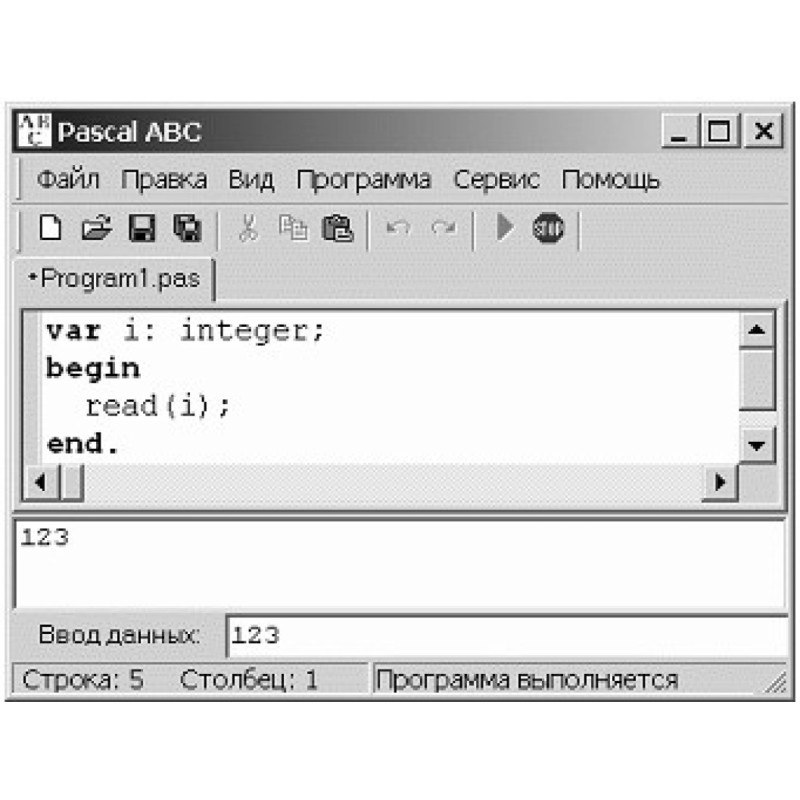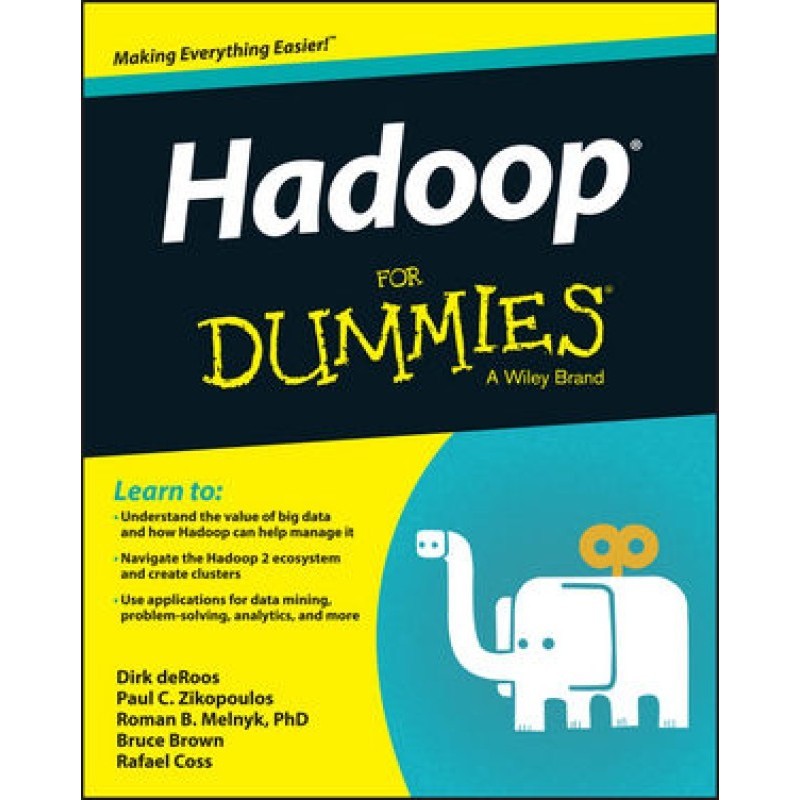Hyper-V virtualization platform
 Instant download
Instant download
after payment (24/7)
 Wide range of formats
Wide range of formats
(for all gadgets)
 Full book
Full book
(including for Apple and Android)
The Hyper-V Virtualization Platform book by Robert Larson and Janique Carbone provides detailed information and procedures to help you manage all aspects of Windows Server 2008 Hyper-V and Hyper-V Server 2008 servers, including: manual and automated installation, security configuration, failover clustering at the virtual machine level and at the host level, virtual machine creation and migration processes, monitoring, and backup and recovery methods. In addition, the book includes guidance to help you through all aspects of a virtualization project (from the early introduction phase to the pilot phase). In this book, you'll find numerous sidebars written by members of the Windows Virtualization team, Microsoft Consulting Services, Microsoft Support Services, Microsoft Sales, and Microsoft Partners teams that provide details of Hyper-V's design, its functionality, and best practices and optimization tips. (which will help you get the most out of your Hyper-V deployment).
The four parts of this book cover the following topics. Part I provides an in-depth understanding of the functionality of Windows Server 2008 Hyper-V and Microsoft Hyper-V Server 2008, as well as the architectural details of these products. Part II provides in-depth information and guidance on installing Windows Server 2008 Hyper-V and Microsoft Hyper-V Server 2008 (using advanced features), configuring security, tuning performance, and migrating from Virtual Server 2005 R2 to Hyper-V server. There is also a detailed overview of the new functionality that is included in the Windows Server 2008 R2 version of Hyper-V. Part III describes how to monitor the health of your Hyper-V infrastructure using tools such as System Center Virtual Machine Manager 2008, Windows Backup Server, System Center Data Protection Manager SP1, and Windows Server 2008 Hyper-V Management Pack for System Center Operations Manager 2007. This part of the book also contains information to help you develop scripts using the Windows Management Instrumentation (WMI) application programming interface and the Windows PowerShell scripting tool. Part IV defines the most common server virtualization scenarios, the core concepts and components that make up a VDI solution, and provides comprehensive guidance for managing a virtualization project (from the introduction phase to the pilot deployment phase).
Book intended for information technology specialists and system administrators.
Data sheet
- Name of the Author
- Collective of authors
- Language
- Russian
Reviews
Незамінний посібник для IT-фахівців!
Книга "Платформа віртуалізації Hyper-V" від Роберта Ларсона та Жаніка Карбона стала для мене справжнім відкриттям у світі віртуалізації. Вона охоплює всі аспекти роботи з Hyper-V, починаючи від базових понять до глибоких технічних деталей, що робить її ідеальним ресурсом як для новачків, так і для досвідчених системних адміністраторів. Особливо вразили розділи, присвячені автоматизації інсталяції та конфігуруванню безпеки, які надають чіткі інструкції та практичні поради. Книга також містить численні приклади та сценарії, що допомагають зрозуміти, як ефективно використовувати Hyper-V у реальних умовах. Я особливо оцінюю детальний огляд інструментів моніторингу та резервного копіювання, які є критично важливими для підтримки стабільності віртуалізованих середовищ. Завдяки цій книзі я зміг значно підвищити свою продуктивність і впевненість у роботі з Hyper-V. Рекомендую всім, хто прагне освоїти віртуалізацію на професійному рівні!



























